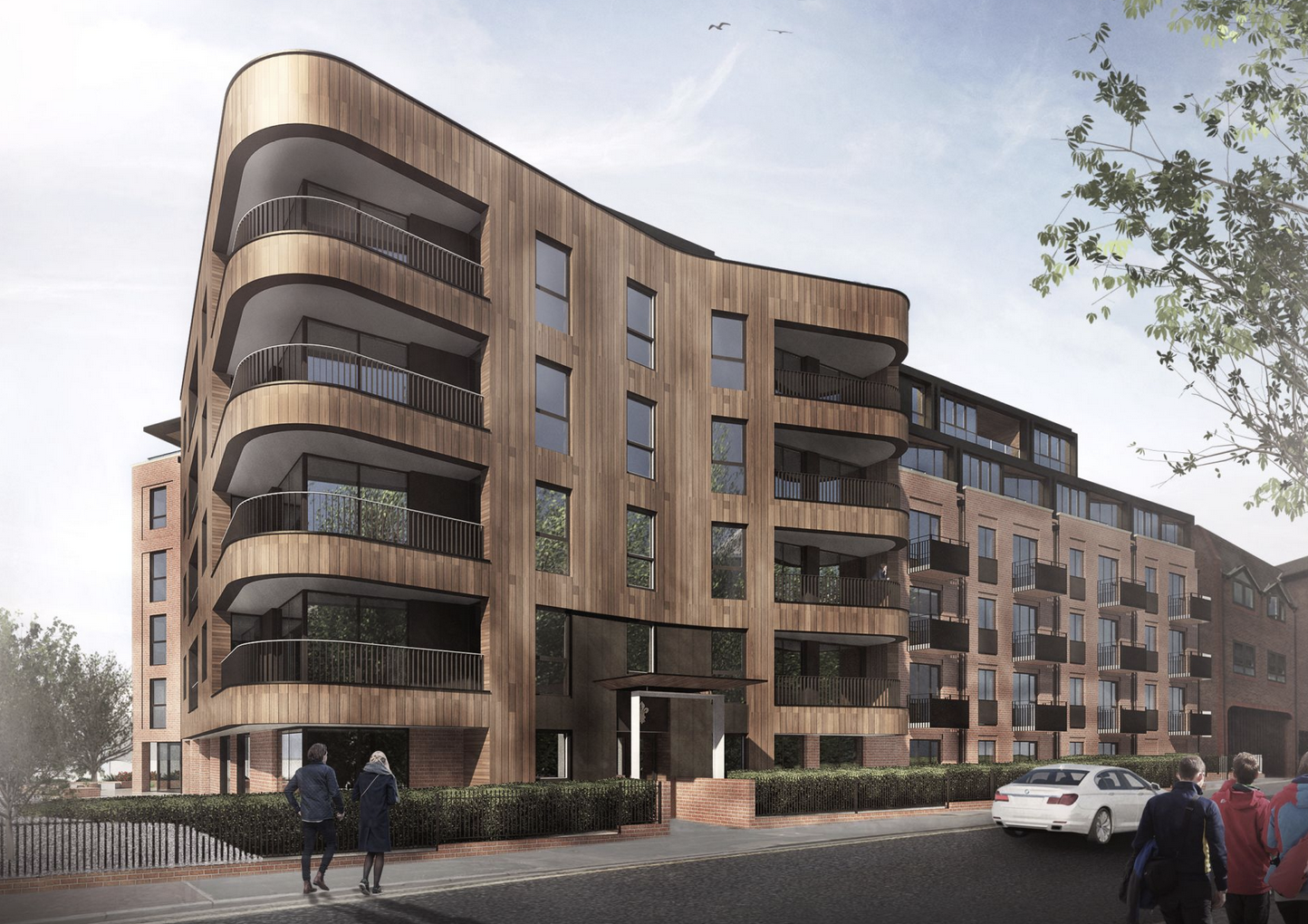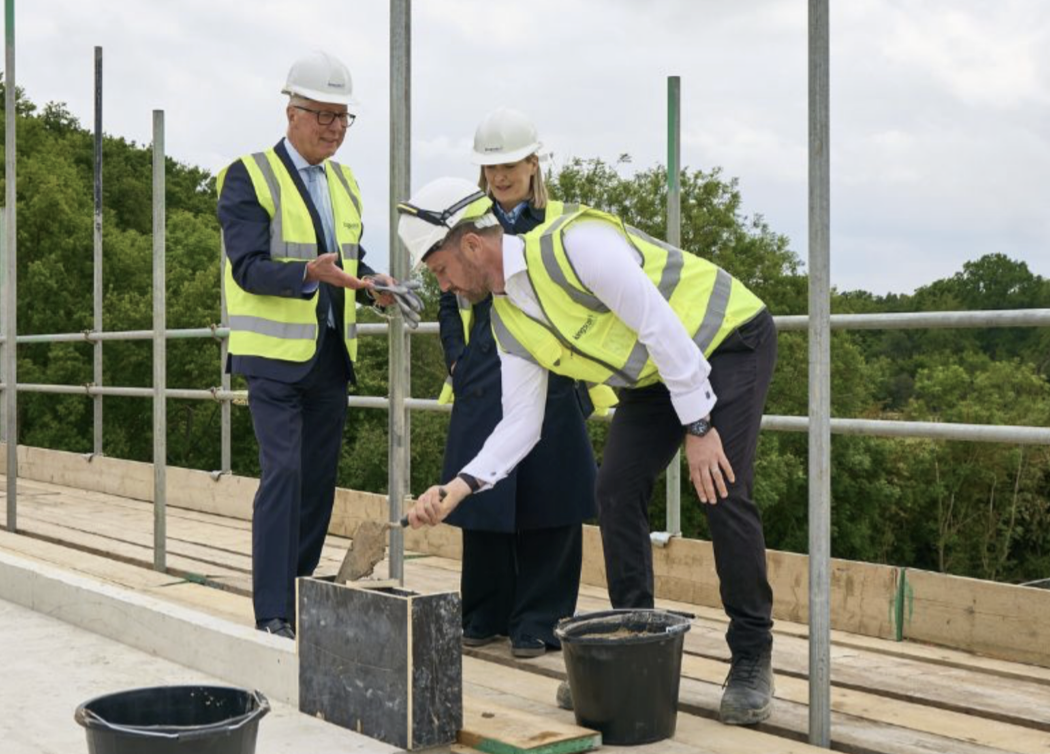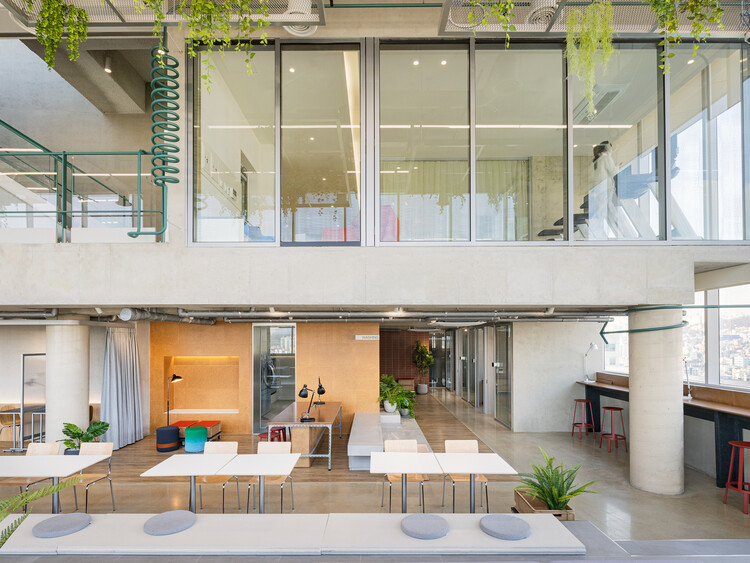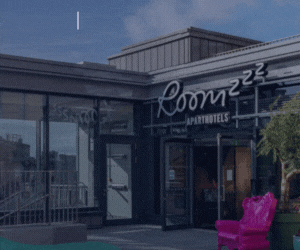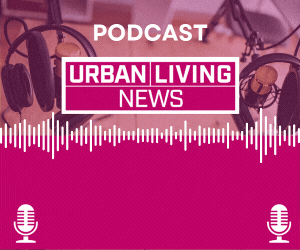UK: JLL’s latest Seniors Housing Report has revealed a shortage of up to 46,000 homes in the next five years for UK seniors.
The report attributes this shortage to an ageing population and inadequate pipeline supply. Based on JLL’s analysis of pipeline developments and forecast population growth among the over 75s, the report highlights that approximately 36,700 seniors housing units currently in planning are expected to be completed by 2029.
This would raise the total market size to around 808,500 units. However, to maintain current penetration rates, the UK would need over 840,000 units, resulting in a shortfall of 31,500.
The report highlights that not all planned schemes will receive approval, and if only approved schemes are delivered, the shortfall rises to 45,900 units. This deficit is expected to worsen as the demand for seniors housing accelerates due to longer life expectancies and increasing health concerns.
According to the report, the seniors housing sector in the UK has experienced a compound annual growth rate of 0.8 per cent since 2019, totaling 771,848 units across retirement housing and IRCs (integrated retirement communities). In comparison, a more mature market such as New Zealand has grown at a rate of 5.4 per cent per year over the last decade.
Although IRCs, which offer greater amenities and care levels, make up only 12 per cent of current seniors housing stock, they are the fastest-growing segment, expanding at an annual rate of 3.6 per cent over the last five years. IRCs are projected to become the dominant form of seniors housing, accounting for nearly half of the sector’s delivery since 2019.
JLL says the growth of IRCs needs to address the imbalance between the proportion of affluent older individuals and a sector that primarily offers affordable tenures. Currently, 72 per cent of seniors housing comprises social rent, compared to just 17 per cent in the wider housing market. Market rent makes up only 0.5 per cent of seniors housing schemes, while it represents 20 per cent of all housing.
The report demonstrates the private rental market as a significant growth opportunity within the seniors housing sector. Although still a small component of tenure makeup, the number of predominantly market rent schemes has risen by 20 per cent since 2019, particularly within IRCs, where the rate of growth among market rent schemes is more than double at 42 per cent.
While just three per cent of IRCs are primarily market rent, 10 per cent include an element of market rent – and that proportion has doubled since 2015.
Anthony Oldfield, director, healthcare capital markets at JLL, said: “With our population of those aged 75 and above forecast to increase by 11 per cent in just five years, the need for more seniors housing units has never been more apparent. Beyond quantity, we must ensure to offer a range of high-quality options to fulfil the diverse requirements of seniors, from those desiring social rent, accounting for 72 per cent of senior housing, to those looking for private ownership and rent opportunities, a segment that has seen growth of 20 per cent since 2019.”
To download the report, click here.














